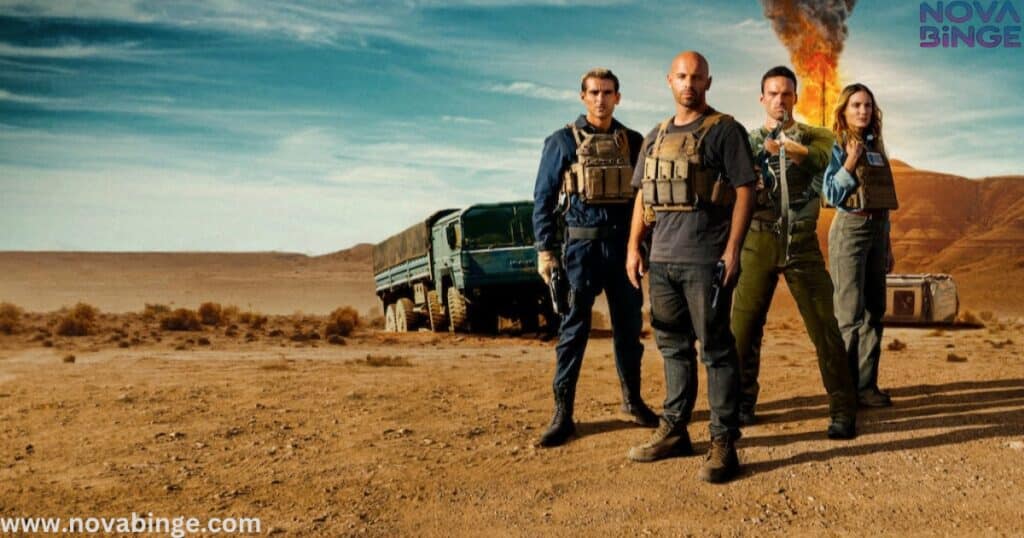In the world of cinema, location can be as much a character as the actors themselves.
This rings especially true for the 2024 remake of “The Wages of Fear,” directed by Julien Leclercq.
This French-language film takes viewers on a heart-pounding journey through the treacherous terrain of Morocco, transforming the North African country into a cinematic canvas that breathes life into the story’s intense narrative.
The Gateway to the Sahara: Ouarzazate, Morocco
Ouarzazate, often dubbed “The Door of the Desert,” served as a primary backdrop for “The Wages of Fear.”
This city, nestled in the heart of Morocco, has earned its moniker “Hollywood of Morocco” for good reason.
Its stark, otherworldly landscapes have graced the silver screen in numerous productions, from “Gladiator” to “Game of Thrones.”
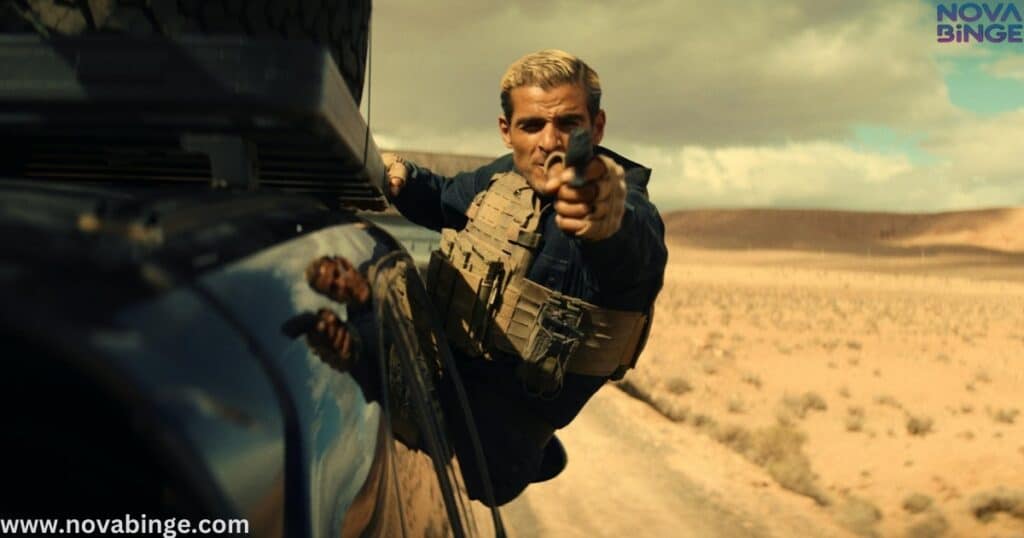
Why Ouarzazate?
Director Julien Leclercq chose Ouarzazate for its versatility and raw beauty. The city’s proximity to diverse terrains allowed the crew to capture a range of environments without extensive travel.
From sun-baked clay kasbahs to expansive desert vistas, Ouarzazate provided the perfect canvas for the film’s high-stakes narrative.
“Ouarzazate’s landscapes speak volumes. They’re characters in their own right, silent yet expressive.” – Julien Leclercq
Read more about this: Challengers (2024) Filming Locations
Key Locations in Ouarzazate:
- Atlas Film Studios: The world’s largest film studio
- Taourirt Kasbah: An 18th-century fortress
- Fint Oasis: A lush contrast to the surrounding arid landscape
These locations didn’t just serve as backdrops; they became integral to the story’s atmosphere, enhancing the sense of isolation and danger that permeates the film.
Marrakech: Where Ancient Meets Modern
While Ouarzazate provided the rugged exterior shots, Marrakech offered vibrant city scenes that added depth and contrast to the narrative.
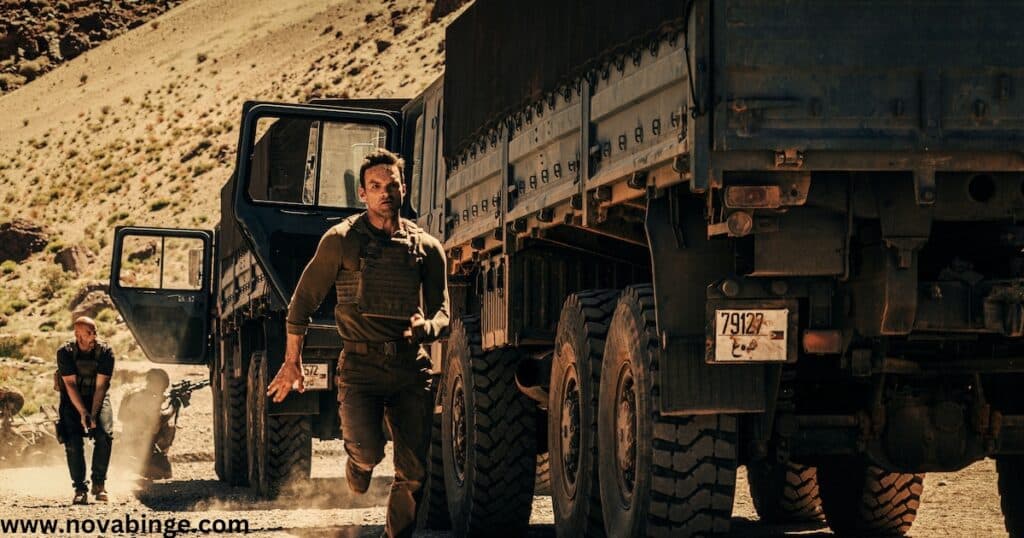
This imperial city, with its bustling souks and modern districts, allowed Leclercq to showcase the duality of Morocco – and by extension, the characters’ internal struggles.
Marrakech’s Cinematic Contributions:
- Jemaa el-Fnaa: The city’s main square, pulsating with life
- Medina: The old city’s labyrinthine streets
- Gueliz: The modern district, offering a stark contrast to the traditional areas
Filming in Marrakech presented unique challenges. The city’s energy and constant motion required meticulous planning to capture authentic scenes while maintaining control over the environment.
Into the Heart of the Desert: Beyond City Limits
The true test of both the characters and the film crew came in the desert areas beyond Ouarzazate and Marrakech. The Merzouga region, home to the stunning Erg Chebbi dunes, provided the ultimate backdrop for the film’s most intense sequences.
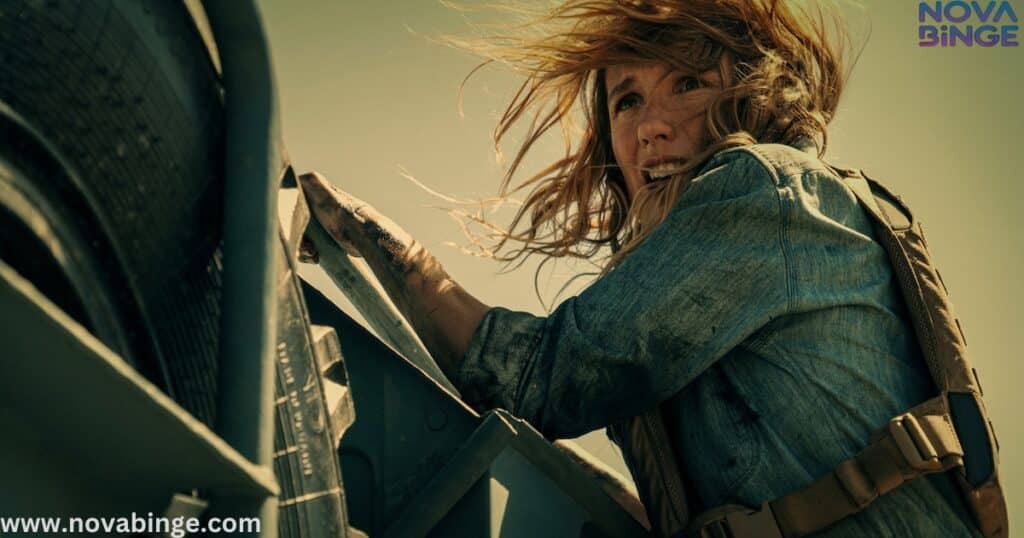
Merzouga and Erg Chebbi: A Cinematic Oasis
These towering dunes, reaching heights of up to 150 meters, created a sense of overwhelming isolation. The vastness of the landscape mirrored the enormity of the characters’ task, making the environment an omnipresent antagonist.
Challenges of Desert Filming:
- Extreme temperature fluctuations
- Equipment protection from sand
- Logistical hurdles in remote locations
To overcome these obstacles, the production team collaborated closely with local experts and the Moroccan Air Force, ensuring both safety and authenticity in every frame.
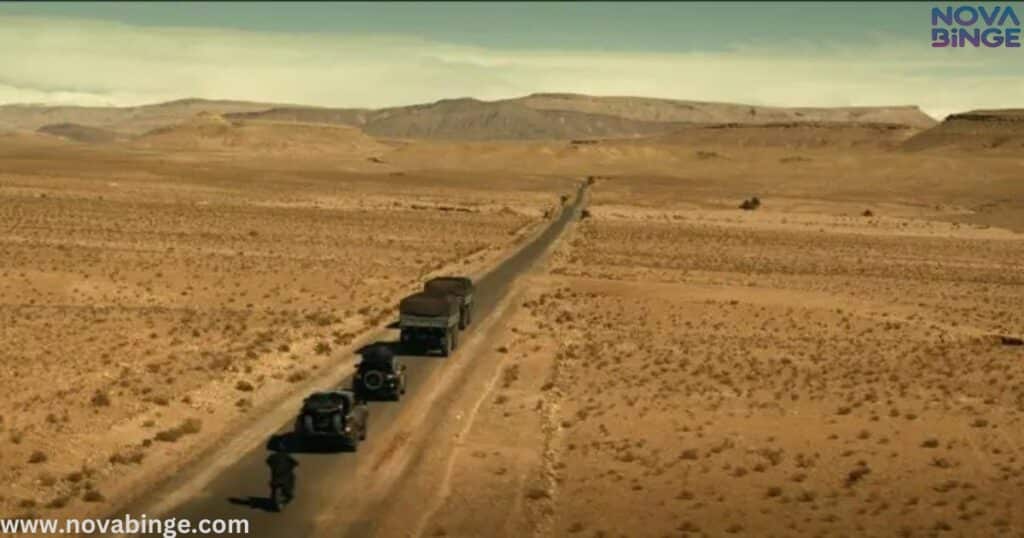
The Atlas Mountains: Danger in Every Turn
The Atlas Mountains provided the perfect setting for the film’s nail-biting road sequences. These winding, precarious routes amplified the sense of danger inherent in the story’s premise.
Notable Mountain Locations:
- Tizi n’Tichka Pass
- Dades Gorge
- Todra Gorge
Each of these locations added a unique visual element to the film, from vertigo-inducing cliffs to narrow canyon roads that seemed to defy physics.
Studio Magic: CLA Studios in Ouarzazate
While on-location shooting was crucial, CLA Studios in Ouarzazate played a vital role in bringing certain scenes to life. This state-of-the-art facility allowed the crew to construct specific sets and seamlessly blend studio shots with footage captured in the field.
Studio vs. Real-World: A Balancing Act
| Scene Type | Location | Advantages |
|---|---|---|
| Wide Landscapes | On-location | Authenticity, natural lighting |
| Intimate Interiors | Studio | Controlled environment, detailed set design |
| Action Sequences | Combination | Safety, precision, and realism |
This blend of studio and on-location shooting gave Leclercq the best of both worlds, allowing for creative control without sacrificing the raw power of Morocco’s natural beauty.
Cinematic Alchemy: How Locations Shaped the Narrative
The choice of Morocco as the primary filming location for “The Wages of Fear” was more than just a logistical decision. It was a narrative one.
The harsh, unforgiving landscapes of Ouarzazate and the surrounding areas perfectly encapsulated the film’s themes of survival, desperation, and human resilience.
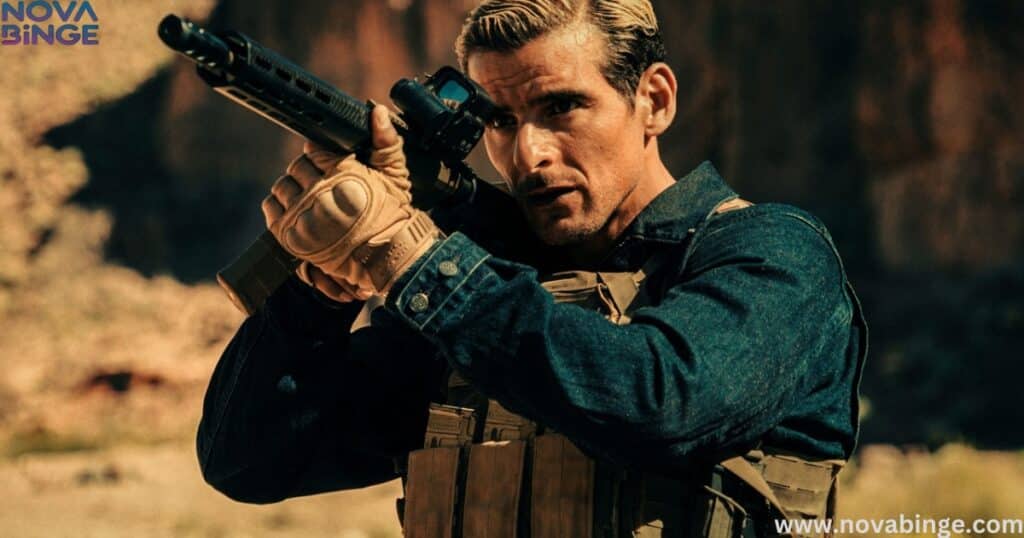
Comparative Analysis: 1953 vs. 2024
The original 1953 film, directed by Henri-Georges Clouzot, was primarily shot in the Camargue region of southern France.
While effective for its time, the 2024 remake’s Moroccan locations bring a new level of authenticity and scale to the story.
Key Differences:
- Scale: Morocco’s vast deserts dwarf the original’s more contained settings
- Diversity: From cities to mountains to deserts, the remake covers more varied terrain
- Authenticity: Real locations add a layer of gritty realism to the narrative
Behind the Scenes: A Logistical Odyssey
Filming “The Wages of Fear” in Morocco was a monumental undertaking.
The production team worked closely with local authorities and film commissions to navigate the complexities of shooting in diverse and often challenging locations.
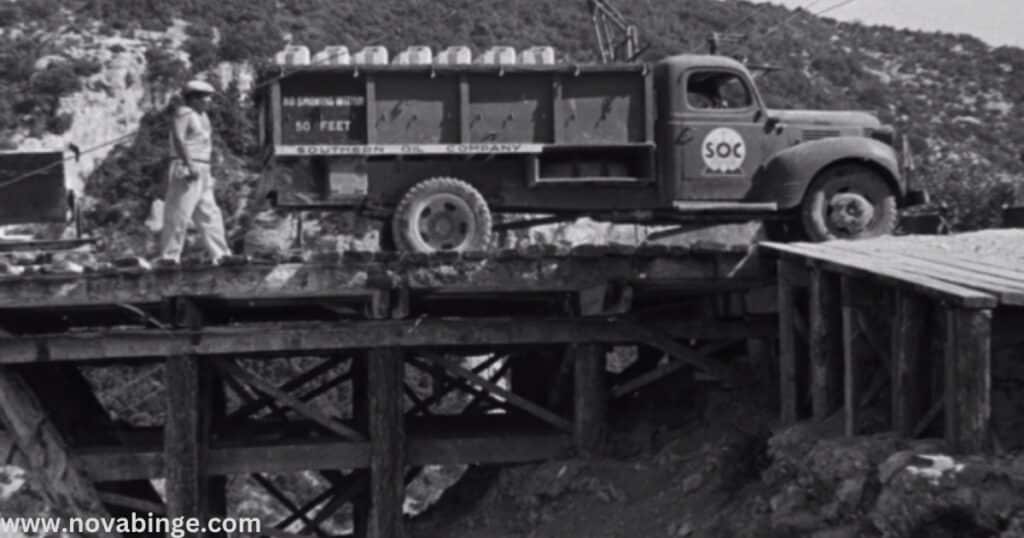
Collaboration with Local Talent
The film’s success relied heavily on the expertise of local crews and fixers.
Their knowledge of the terrain, weather patterns, and local customs proved invaluable throughout the production process.
Environmental Considerations
Given the sensitive nature of many filming locations, particularly in desert areas, the production team implemented strict environmental protocols. These included:
- Minimal impact policies for desert filming
- Waste management and recycling programs
- Restoration of any disturbed areas post-filming
Cinematic Tourism: Walking in the Footsteps of “The Wages of Fear”
The film’s striking visuals have sparked interest in cinematic tourism, with fans eager to experience the locations firsthand. Several key sites from the movie are accessible to visitors:
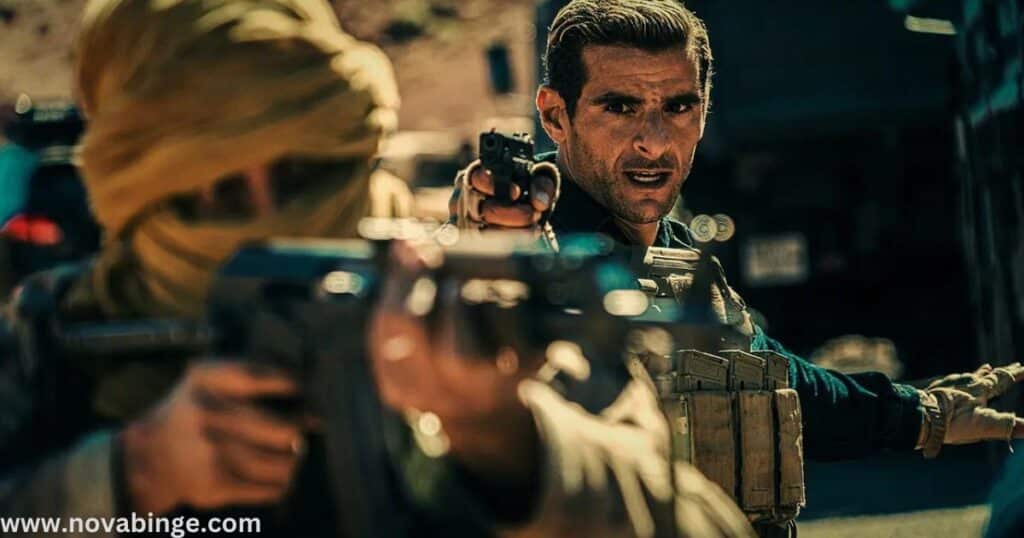
- Atlas Film Studios: Open for tours, offering a behind-the-scenes look at filmmaking in Morocco
- Ait Benhaddou: A UNESCO World Heritage site featured in the film
- Merzouga Desert Tours: Allowing visitors to experience the majesty of the Erg Chebbi dunes
Local tour operators have even begun offering “Wages of Fear” themed experiences, tracing the harrowing journey depicted in the film.
Visual Breakdown: Iconic Scenes and Their Real-World Counterparts
Let’s delve into some of the film’s most memorable scenes and the locations that brought them to life:
- The Departure: Filmed in the narrow streets of Marrakech’s medina, capturing the chaos and energy of the city
- The Desert Crossing: Shot in the Erg Chebbi dunes near Merzouga, showcasing the overwhelming vastness of the Sahara
- The Mountain Pass: Filmed along the treacherous roads of the Tizi n’Tichka Pass in the Atlas Mountains
- The Final Stretch: A combination of on-location shooting in Ouarzazate and studio work at CLA Studios
These scenes demonstrate how the careful selection of locations enhanced the storytelling, making the environment a character in its own right.
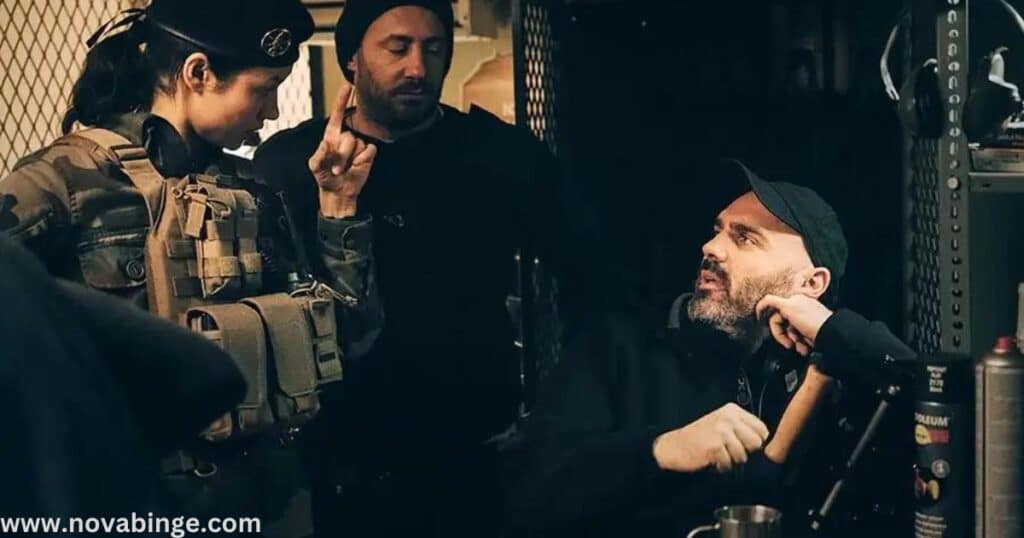
Director’s Vision: Julien Leclercq’s Morocco
For Julien Leclercq, choosing Morocco as the backdrop for “The Wages of Fear” was about more than just aesthetics. It was about finding a landscape that could mirror the internal struggles of the characters.
“Morocco offered us a visual metaphor for the human condition – beautiful yet harsh, inviting yet dangerous. It’s a land of extremes, much like the situation our characters find themselves in.” – Julien Leclercq
Leclercq’s vision required a delicate balance between showcasing the beauty of Morocco and using its harsh elements to heighten the sense of danger and isolation central to the story.
Morocco: A Rising Star in International Filmmaking
The success of “The Wages of Fear” is set to further cement Morocco’s status as a premier filming destination. The country’s diverse landscapes, coupled with its growing infrastructure for film production, make it an attractive option for filmmakers worldwide.
Impact on the Local Film Industry
The production of “The Wages of Fear” employed hundreds of local crew members and extras, providing a significant boost to the regional economy. This influx of international productions has led to:
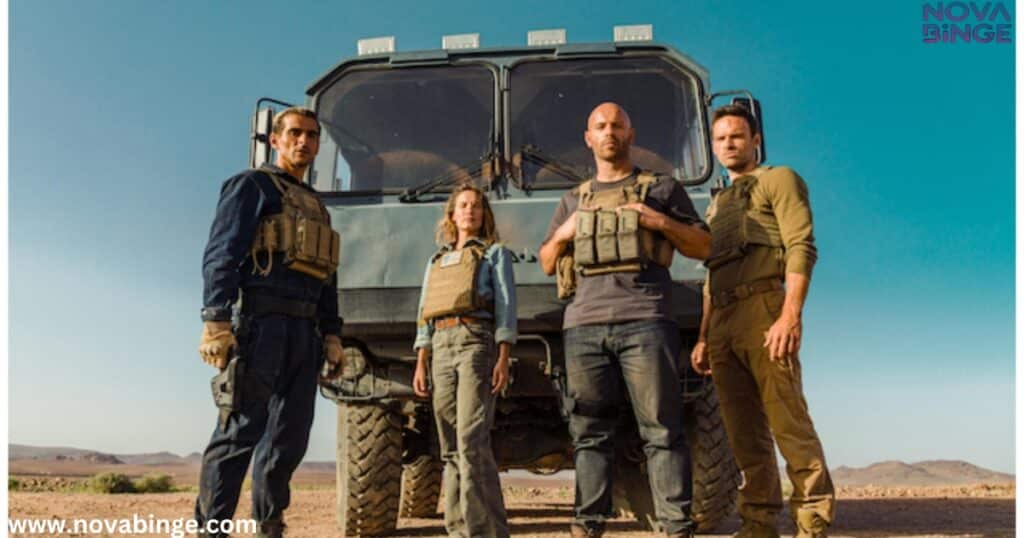
- Increased investment in film education and training programs
- Expansion of studio facilities like those in Ouarzazate
- Growing recognition of Moroccan talent in various film disciplines
Conclusion: The Enduring Power of Location
“The Wages of Fear” (2024) stands as a testament to the power of location in filmmaking. By choosing Morocco as its canvas, the film not only pays homage to the 1953 original but also creates a unique identity of its own.
The unforgiving beauty of Ouarzazate, the vibrant energy of Marrakech, and the vast emptiness of the Sahara all combine to create a cinematic experience that’s as visually stunning as it is emotionally gripping.
As audiences around the world experience this French-language film, they’re not just watching a story unfold; they’re being transported to the heart of Morocco, feeling the heat of the desert sun and the tension of every treacherous mile. In the end, “The Wages of Fear” is as much a journey through Morocco’s diverse landscapes as it is a thrilling narrative of human endurance.
FAQs: Delving Deeper into “The Wages of Fear” Production
- Q: How long did filming in Morocco last?
A: The production spent approximately 12 weeks on location in Morocco, with additional time for pre-production scouting and post-production work. - Q: Were any scenes filmed outside of Morocco?
A: While the majority of the film was shot in Morocco, some interior scenes were filmed in studios in France to accommodate certain actors’ schedules. - Q: How did the crew handle the extreme desert temperatures during filming?
A: The production team implemented strict health and safety protocols, including regular breaks, hydration stations, and cooling tents. Many scenes were shot during early morning or late afternoon to avoid the most intense heat. - Q: Did the film use any CGI to enhance the Moroccan landscapes?
A: While some visual effects were used for safety reasons in certain stunts, the vast majority of the landscape shots are 100% authentic, showcasing the natural beauty of Morocco. - Q: How does the 2024 version differ from the 1953 original in terms of location usage?
A: The 2024 remake takes full advantage of Morocco’s diverse landscapes, offering a broader and more varied visual palette compared to the more geographically limited original.
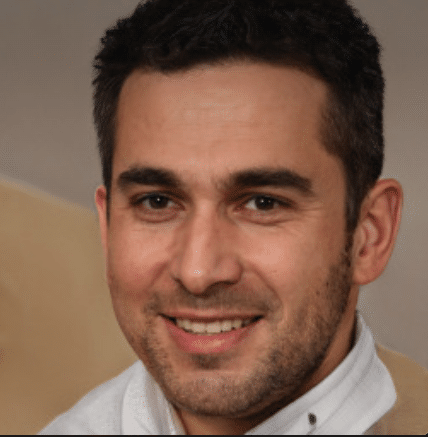
David Lee is a seasoned writer specializing in filming locations. With a keen eye for detail and a passion for cinema, David explores the stories behind iconic sites and shares unique insights that bring your favorite films and series to life.

